When placing a percutaneous chest tube into a small pneumothorax, it is easy to enter the lung parenchyma instead of the pleural cavity. This not only interferes with the placement of the chest tube, it can cause parenchymal damage, pulmonary contusion and hemorrhage.
I have been using ultrasound to guide my placement for smaller pneumothoraces.
Step-by-step instructions are:
- Have the patient in the sitting position.or these smaller pneumothoraces.
- Use local anesthetic and procedural sedation as indicated.
- Use the phased-array probed ultrasound and a shallow depth to map the areas of no sliding lung signs, and mark this on the patient.
- Place either an anterior or or axillary chest tube well inside the marked area with absent sliding lung signs.
- Attach to vacuum and re-expand the lung.
- Reassess by ultrasound that sliding lung signs are now present over the previous absent areas.
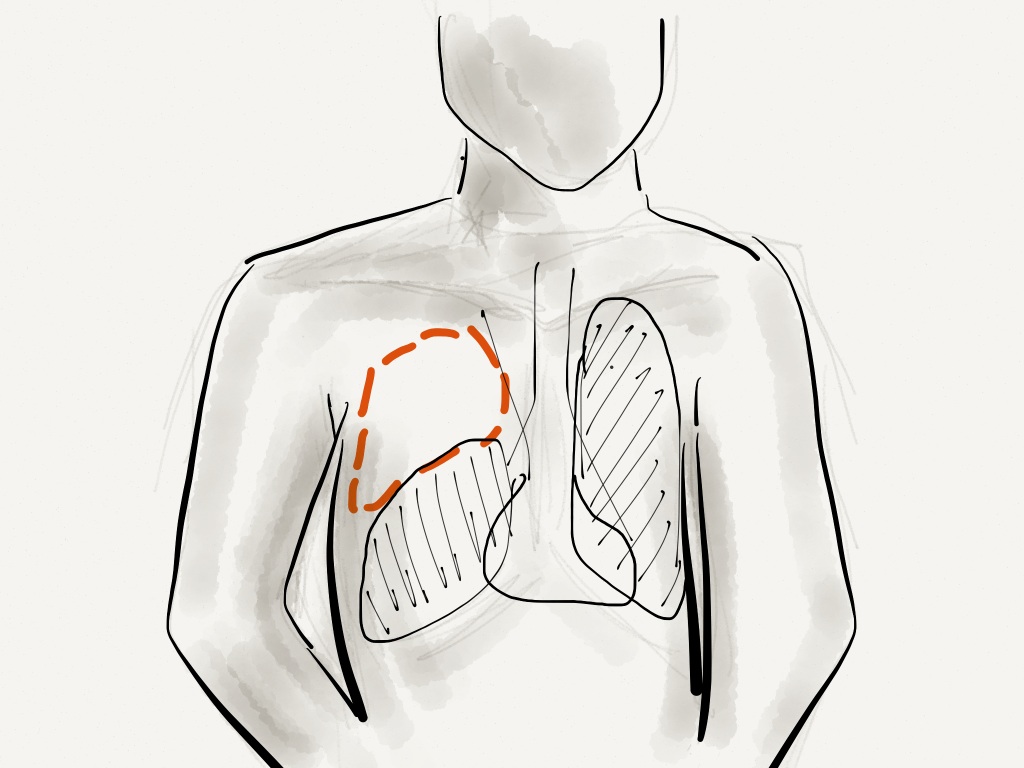
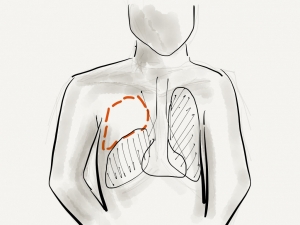
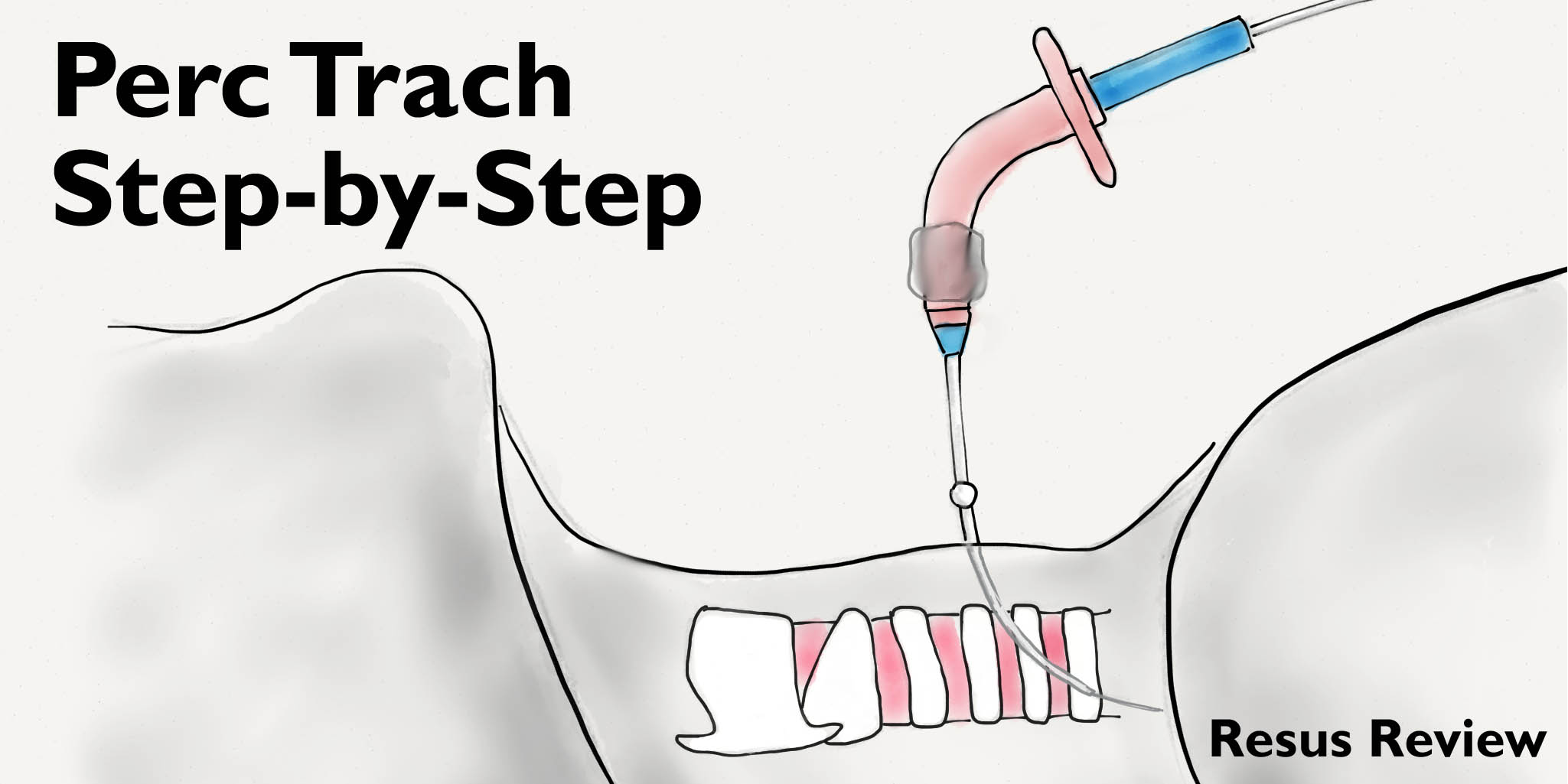
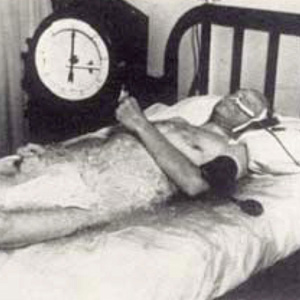

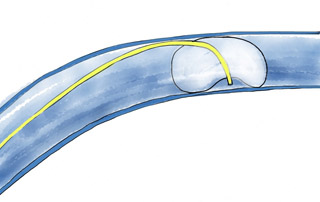
Contribute your thoughts.